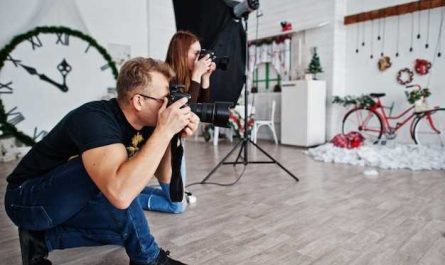So you’re a beauty professional considering a Cosmetic Tattooing Certification and wondering if you need to bring your own equipment when you do a course. Whether you’re doing a beginner course or wanting to advance your skills, knowing what to expect with equipment is key to a smooth and successful learning experience.
In this article we’ll go over the equipment requirements for cosmetic tattoo courses, the practical components of training and what equipment you’ll need as you progress in your cosmetic tattooing career. Let’s get into it!
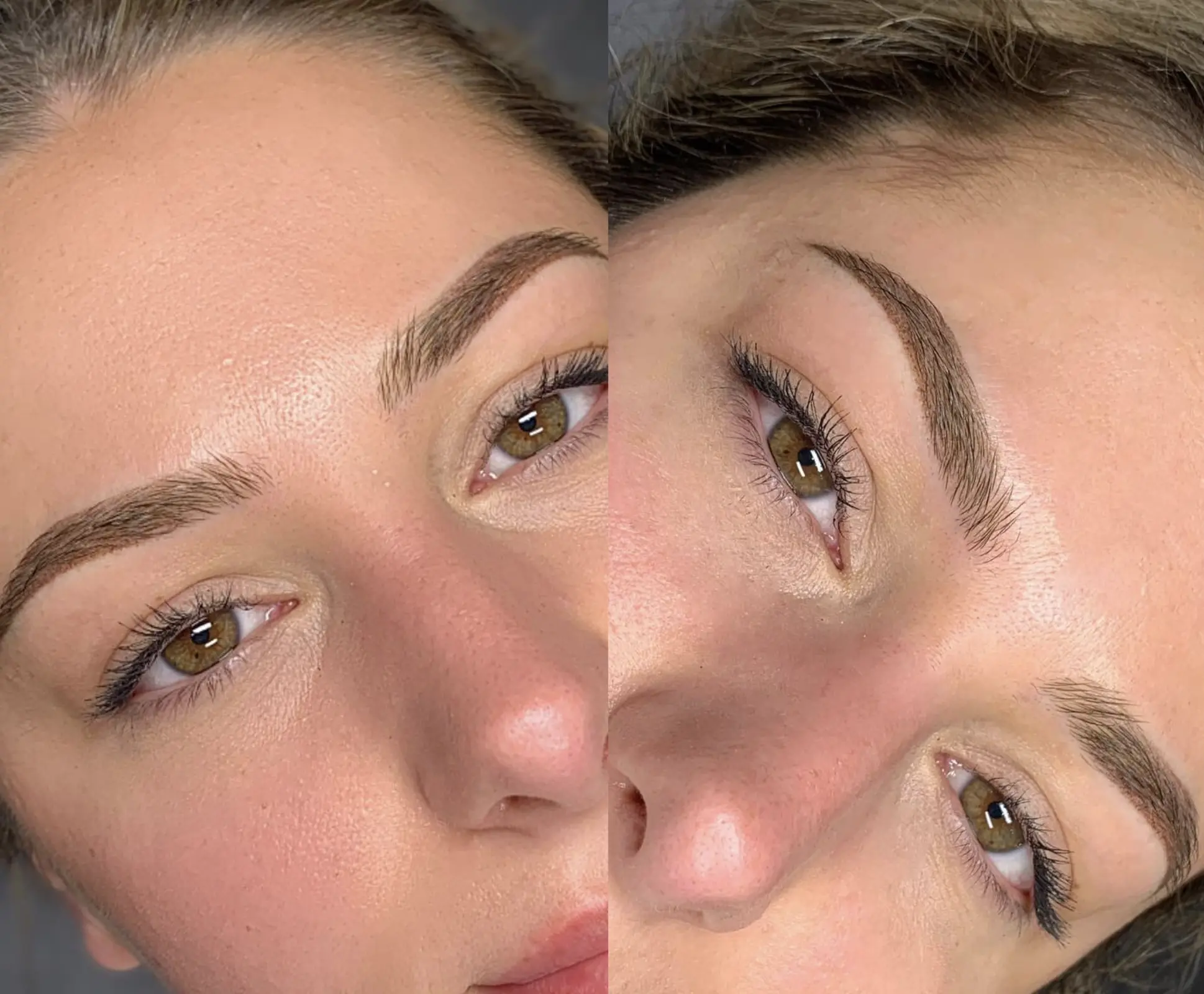
Included in a Course
A cosmetic tattoo course is designed to give you the basic skills and technical skills to do skin penetration treatments like eyebrow tattoos, lip blush and eyeliner tattoos. Courses will include a mix of hands on training, theoretical knowledge and practical experience under the guidance of experienced cosmetic tattoo trainers.
Here’s what you can expect in a typical cosmetic tattooing course:
- Introduction to Skin Anatomy: Learn about skin types, skin tones, skin undertones and how they affect pigment selection and tattoo results.
- Pigment Selection and Colour Theory: Learn colour theory, how pigments work with skin undertones and how to achieve beautiful long lasting results.
- Brow Techniques: Powder brows, ombre brows, combination brows, 3D feather hair strokes and Nano Hairstrokes.
- Cosmetic Tattoo Procedure: Learn the step by step process of doing treatments like eyeliner tattoo, lip tattooing and brow design.
- Infection Prevention and Aftercare: Learn the key to infection control and prevention for skin penetration and how to give clients aftercare instructions for best results.
If you want to advance your skills and do a cosmetic tattoo course in Melbourne you’ll learn techniques like eyeliner tattoo, lip tattoo and microblading which are in high demand in the industry.
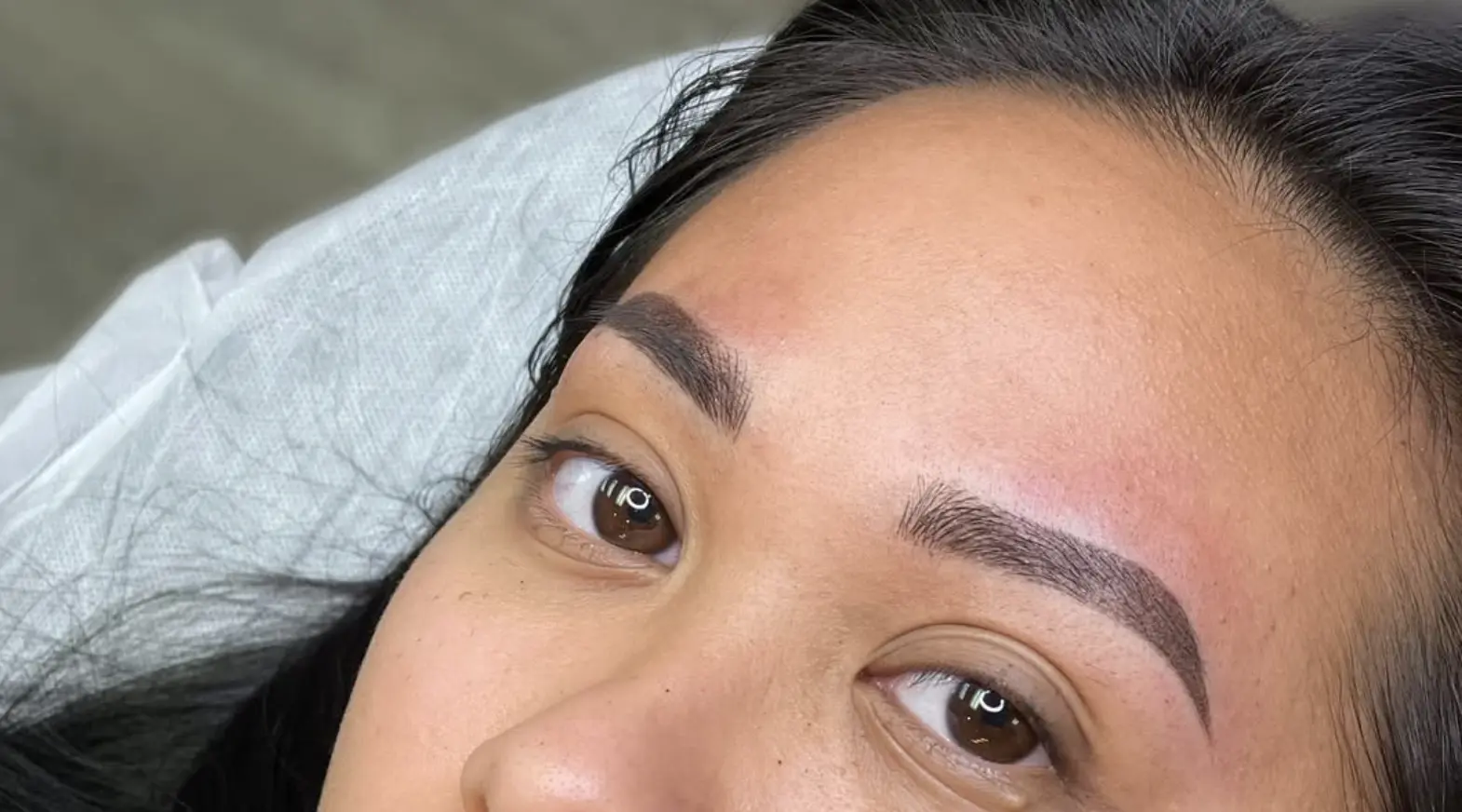
Equipment Is Provided in Course?
Most cosmetic tattoo courses will provide you with a starter kit to get you started with tattooing. This will include:
- Cosmetic Tattoo Machines: For hair stroke and shading (semi permanent eyebrow shading)
- Tattoo Pens and Needles: For powder brows, ombre brows and Nano Hairstrokes
- Pigments: A selection of pigments for different skin tones and client undertones.
- Practice Materials: Practice pads or artificial skin for hands on practice.
- Disposable Products: Disposable gloves, wipes and disposable products for hygiene and safety.
- Comprehensive Training Manual: A manual that covers brow mapping, lip liner tattooing and other cosmetic tattoo techniques.
By providing these supplies the training provider is ensuring you have everything you need to practice the procedures and develop your skills.
What Might You Need to Bring to Class?
While most beginner courses will provide a comprehensive manual and starter kit, you may need to bring:
- Practice Skin: If you have a preferred practice material (pig skin or fake skin) bring it along to feel more comfortable during hands on learning.
- Client Models for Live Practice: Advanced students may be asked to bring their own models for lip tattoo or eyeliner enhancement to practice on real clients.
- Additional Tools for Advanced Techniques: For colour correction or eyebrow tattoo shading you may need to bring specific tools such as tattoo machines or premium quality tattoo pens.
Check with your trainer for specific requirements before the course. Some trainers will allow you to use your own equipment if you have a preferred machine or needles.
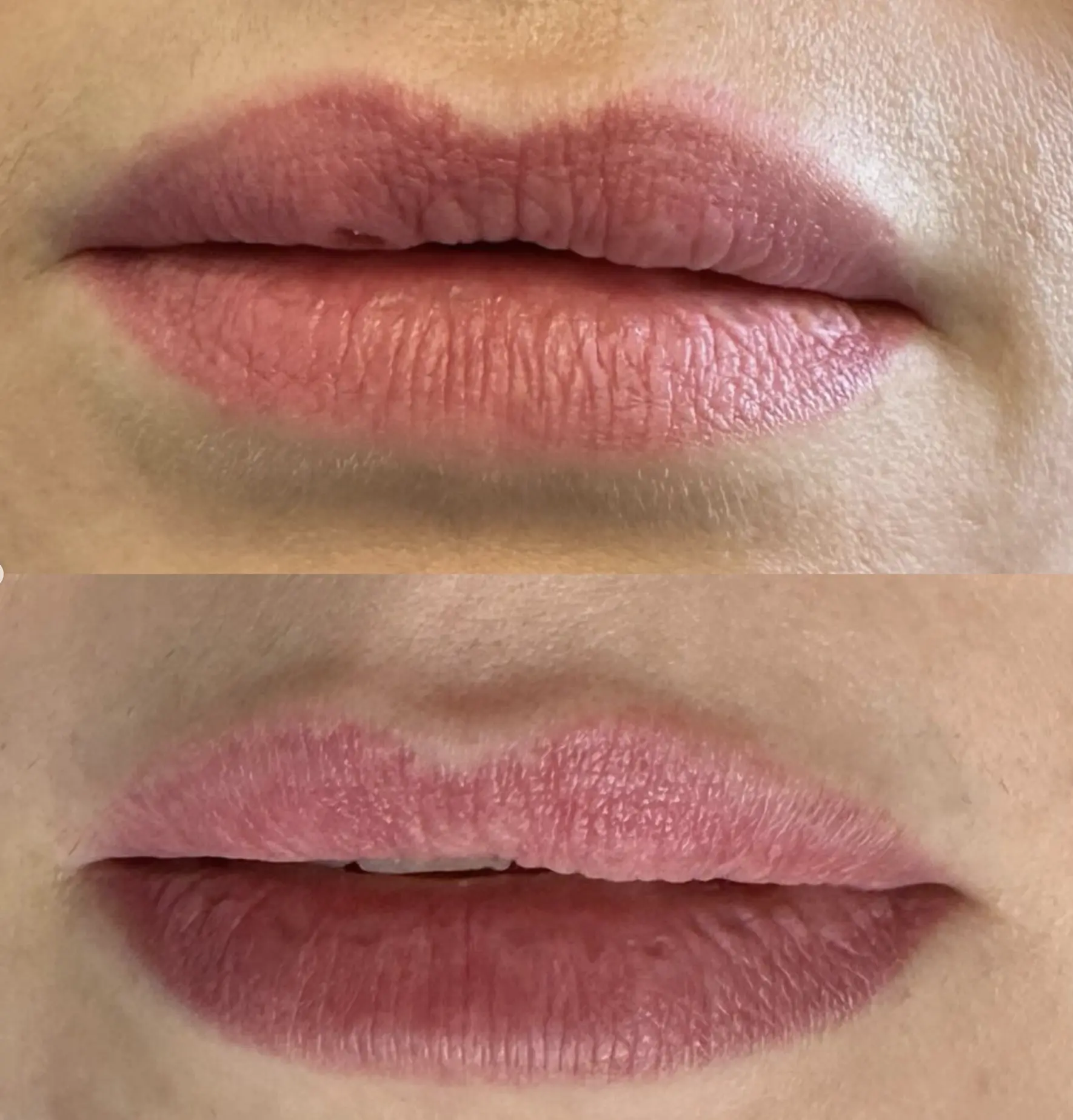
Expect in Advanced Cosmetic Tattoo Training
As you move further in the cosmetic tattoo industry you may look for advanced cosmetic tattoo courses to hone your skills and add to your services. In these courses you will be expected to bring more of your own professional tattooing services tools. Advanced courses will include:
- Client Consultations: Learn how to do detailed client consultations to determine the best treatment for their needs and client expectations.
- Colour Correction: Master colour correction for eyebrow tattoos, lip blush and eyeliner tattoos.
- Tattoo Removal and Shading: Shading, pre-drawing and combination brows.
Investing in Your Own Equipment
Once you’ve completed your cosmetic tattooing courses, investing in your own equipment is key to starting a successful cosmetic tattooing business. As a Cosmetic Tattoo Artist you’ll need:
- High Quality Tattoo Machines: Machines that can do Nano Hairstrokes, eyeliner tattoo and lip tattooing with precision and ease.
- Pigments: Stock pigments for different skin tones so you can get the best results for your clients.
- Disposable Tools: Have a steady supply of disposable gloves, needle cartridges and other hygiene essentials.
- Advanced Shading Tools: For more intricate shading and designs you’ll need advanced tattoo machines or tools for hair stroke patterns.
These will allow you to offer lip blush, eyebrow tattoos, eyeliner enhancements and eyebrow design and build a loyal client base and establish yourself as a cosmetic tattoo artist.
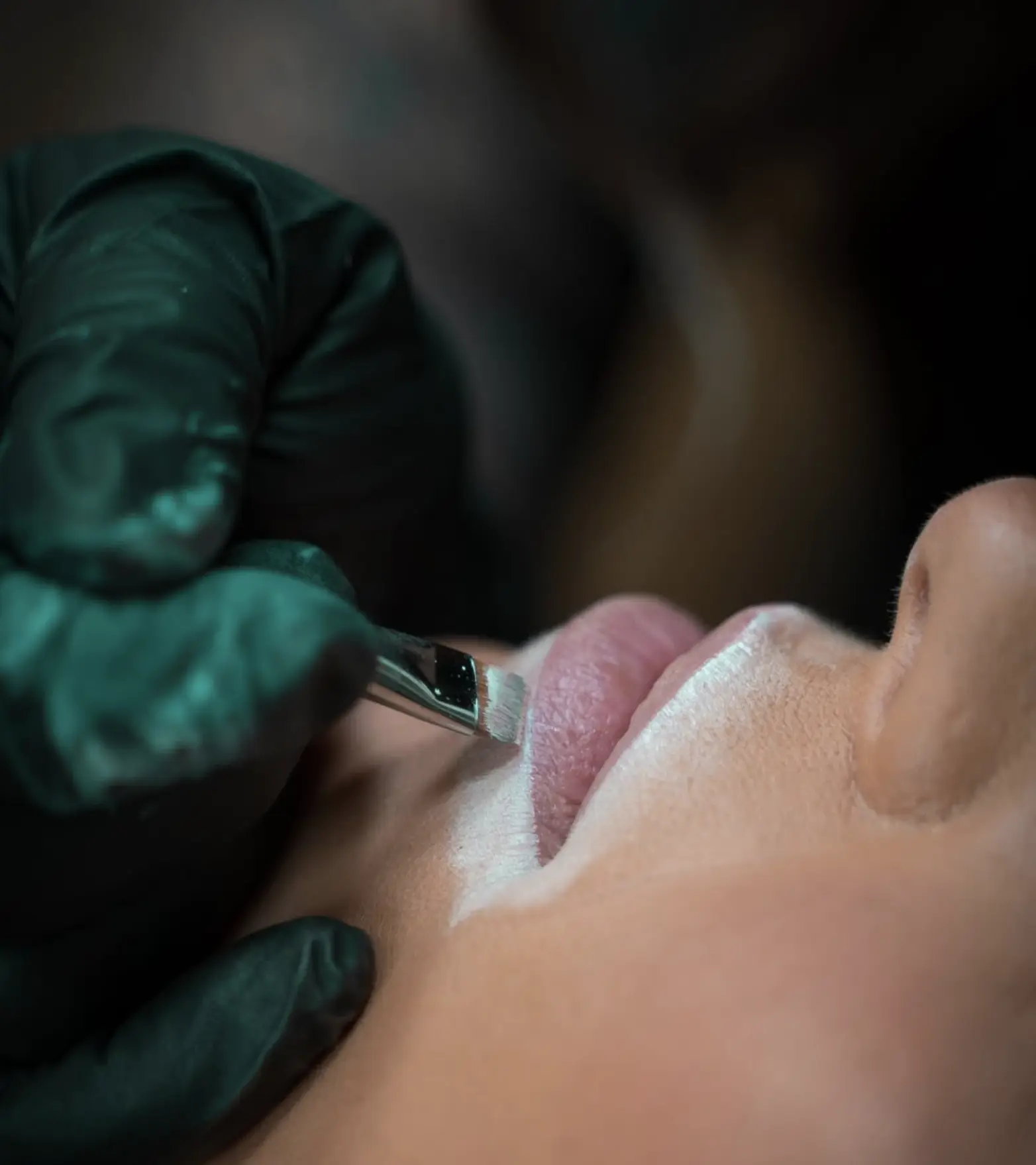
Conclusion
Most cosmetic tattoo training courses provide the starter kit and equipment, but you may be asked to bring some extra items depending on the level or focus of the course. For beginner students the equipment provided will be more than enough for basic tattooing techniques like powder brows or ombre brows. As you progress to advanced techniques and start working with live clients you’ll need to invest in your own equipment.
Whether you want to improve your basics or master advanced techniques a well prepared Cosmetic Tattoo Artist will have the tools and knowledge to deliver great cosmetic tattoo services. With the right training, equipment and client satisfaction you’ll be on your way to a successful career in the cosmetic tattoo industry.
FAQ
Do I need to bring my own equipment for a cosmetic tattoo course?
Most beginner courses provide a starter kit but for advanced courses or personal preference you may need to bring your own.
What’s provided in a cosmetic tattoo training course?
A starter kit includes tattoo machine, needles, pigments and practice skin. Infection control supplies are also provided.
Can I use my own tools during the course?
Many courses allow students to use their own equipment if preferred especially for advanced training.
What should I buy after my training?
After training invest in premium tattoo machines, pigments, disposables and advanced tools for shading techniques.
How do I get client satisfaction?
Consult with clients, know your skin types and colour theory.


